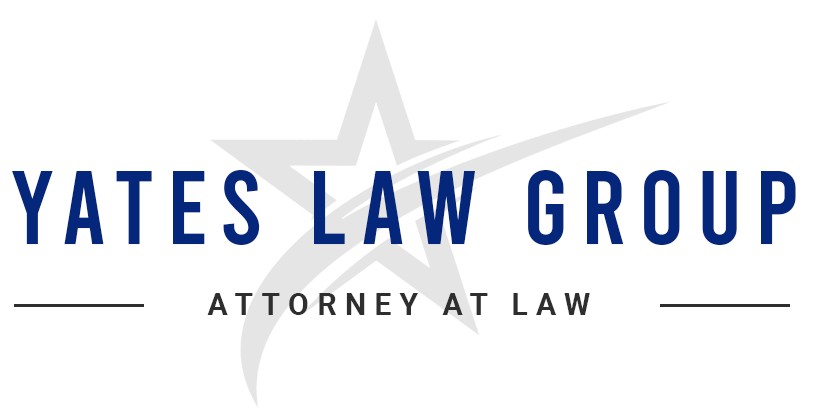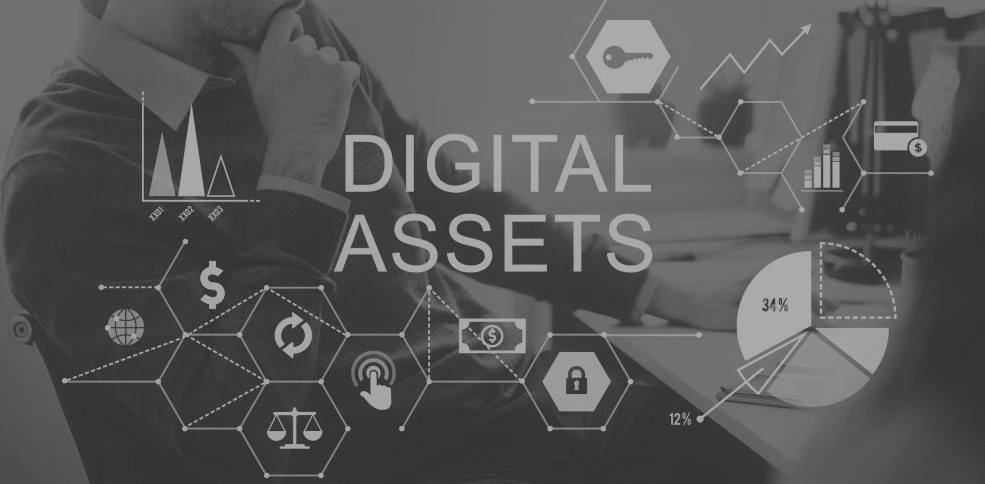Estate Planning for Digital Assets
Or
Estate Planning for the Clouds
Or
Hey, You, Get (information) Off of My Cloud
Almost since the inception of our laws, property has been considered to be either personal or real property. However, over the past decade, a trend has evolved creating essentially a third category: digital assets that are often stored on a cloud. Traditional estate planning does not take into account this new class of assets, but to understand how to manage or transfer these assets upon death or incapacity, it is important to understand what they are.
What are Digital Assets?
In its most basic form, digital assets include “any online account that you own or any file that you store on your computer or that you store in the cloud.” Posting of Nathan Lustig to Entrustet HIWI Blog, Digital Estate Planning: What are Digital Assets? (Apr. 19, 2010). Online accounts today include not only new forms of online media like Facebook and Twitter, but also traditional accounts that are now accessible online like bank and investment accounts.
Identifying your digital assets.
The first step is to identify the digital assets that you may own or hold a license to use. These may include email accounts such Hotmail, Gmail or Yahoo! Mail; social media such as Facebook, MySpace, LinkedIn or Twitter; eBay accounts; PayPal accounts; blogs; photos and videos stored on Kodak EasyShare or Flickr, avatars for online games such as Second Life; domain names through GoDaddy; online bill payment accounts; online bank account; and personal data stored on a cloud. This is by no means an exhaustive list, but you can easily see how digital assets are becoming more pervasive in everyday life.
What happens to these assets when I die?
Although a simple question, the answer is anything but simple. Some of these “assets” are really just licenses to use a service. As such, traditional transfer methods like a Last Will and Testament or a trust are not viable. So far, only the state of Oklahoma has passed a law addressing this issue. For the most part, popular online account services like Facebook, Gmail, LinkedIn, Twitter and others have developed deceased-user policies. To gain access to the account or information, the requirements range from proving that you are a family member to the requirement of obtaining a court order. Although the policies are not uniform, it does provide the family or executor of the deceased user with information about what is required to access the account.
What can I do to make things easier?
First and foremost, you need to have a list of your accounts and passwords. Although this information could be placed in your will, that will not necessarily solve the problem. First, once the will is offered for probate, it and the contents become public record. Also, you should change your passwords frequently, and amending your will each time you change a password is not a realistic option. A better choice would be for your will to reference a memorandum that you will keep with your will with this information. This memorandum would not need to be probated, but you should remember to keep it as up to date as possible. Also, you could provide this information in a trust which is not subject to public disclosure (in most circumstances).
Another, more trendy solution, is to use online afterlife companies. There are numerous companies that store not only usernames and passwords, but also attachments such as documents, photos and videos. Sites like Legacy Locker, AssetLock and EstateLogic can be a good solution, but like a memorandum referenced in a will, it is only as good as the information you provide.
The purpose of an estate plan is to allow for the transition of assets upon death in the most efficient manner possible. Failure to account for your digital assets and digital information in your estate plan only frustrates that purpose.

